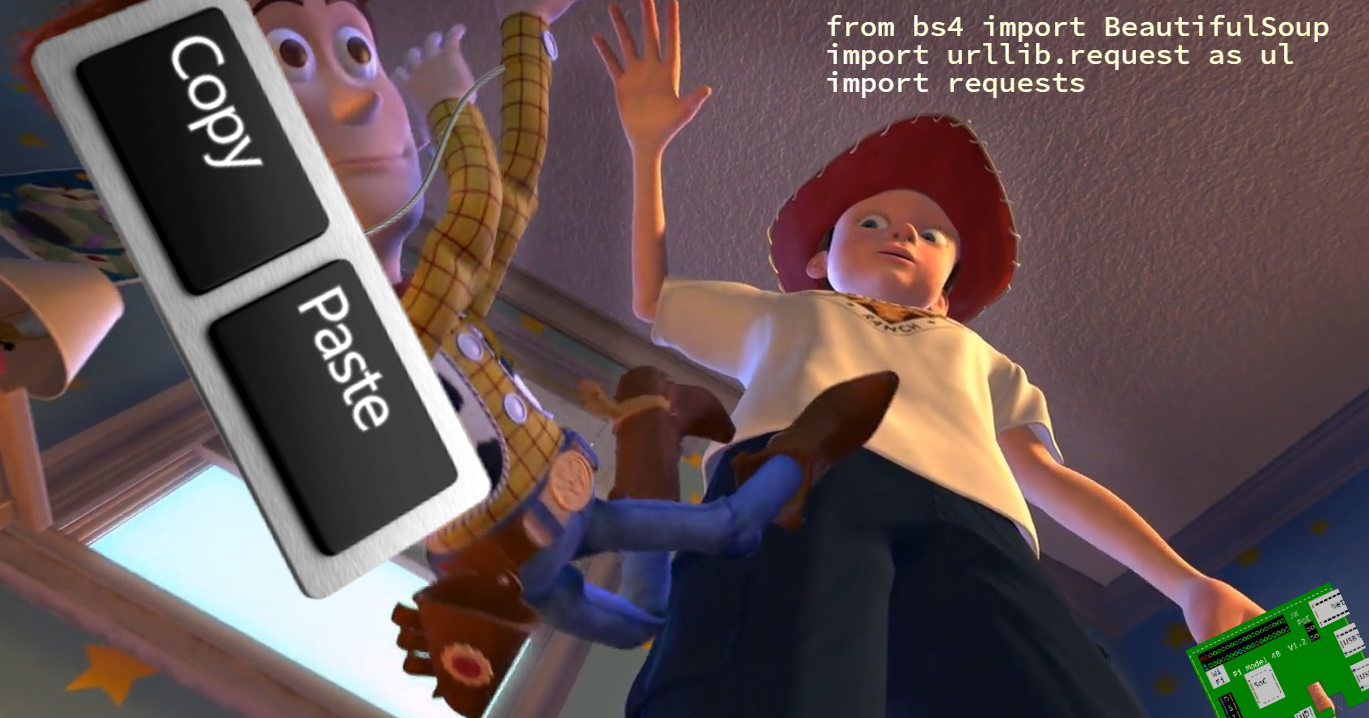
There are two key elements that Beautiful Soup does not have in-built: HTTP requests and an HTML parser. For this purpose, it works very well and provides the information scraped from the web into a much more useful and easy-to-read format.

Beautiful Soup is Tastyīeautiful Soup is a popular library for extracting parsed HTML data. To do this, we will bring another library called Beautiful Soup into our workflow. However, we still need additional libraries to make this data look nicer and to extract the HTML elements that we are interested in. So, the Requests library does a great job of quickly and efficiently fetching the data we are looking for. That's because when Requests retrieves data, the response comes in the form of a string rather than a structured HTML tree. Display the text responseĪs you'll notice, the text is highly unstructured and difficult to read. Send a get request to the URL of the target website, which in this case is the results page of a search for "Playstation 5" 3. With the Requests library and a few lines of Python code, you can easily scrape eBay's search results for the price of its PS5 listings.įirst, we'll enter the Python console by going into your terminal and typing' Python.' Within the Python console, enter the following code: import requests Instead, you want to keep tabs on eBay listings for the gaming console. For example, let's imagine you've got your eye on a Sony Playstation 5, which, at the time of this writing, is difficult to find in stock at retail stores. With Requests installed, you can now use it to make HTTP requests.
#WEBSCRAPER PACKAGE PYTHON INSTALL#
To use the request library, you'll simply need to install it by entering your terminal and inputting the following command: pip3 install requests Additional libraries can help with taking that data and putting it in a more human-readable and usable format. The data that the Requests library returns can be difficult to read, but it is the simplest way to receive the information you need in your web scraping project. To simplify the process, the Requests library is an integral tool for any web scraping project.
#WEBSCRAPER PACKAGE PYTHON CODE#
While it is possible to use standard Python HTTP libraries, the amount of code required is far greater than is necessary. In most applications, this will be a GET request. The first step in any web scraping project is to send an HTTP request to a server. The process of installing Python 3 on your machine depends on your operating system, and you can find the downloads and installation instructions on the official Python website. It should be noted here that we'll be using Python 3 for all of our examples, as Python 2 is deprecated. We'll take a look at some of these libraries with examples of how they can be used. Regardless of your use case, one of the easiest ways to create web scrapers is by using Python along with a number of extremely useful libraries. For example, maybe you want to scrape a weather website to gather data to use in your own weather application, or perhaps you want to create your own rudimentary stock ticker by scraping current stock prices from a website.

The applications for web scraping are incredibly varied. In a nutshell, web scraping is the process of sending an HTTP request to a website to retrieve data. We'll explore the different use cases and look at a few of the most popular libraries to help make the process easier. In this article, we're going to take a closer look at the web scraping utilities of Python. You can also use Python to build web scrapers that will pull data from the web, which can be helpful in many different tasks that require real-time data. This flexibility is why Python has become one of the most widely used programming languages in the world. It is commonly used in data science, machine learning, and web development. Python is an incredibly flexible language used in a myriad of different applications.


 0 kommentar(er)
0 kommentar(er)
